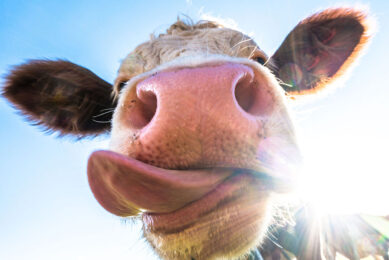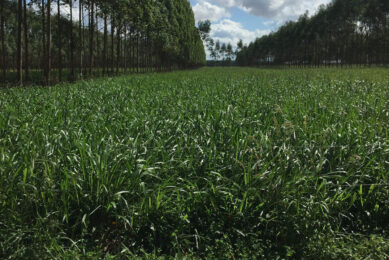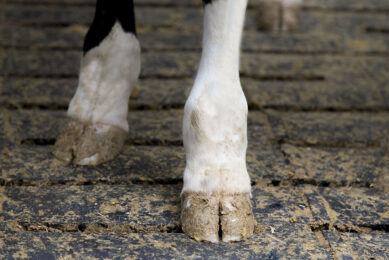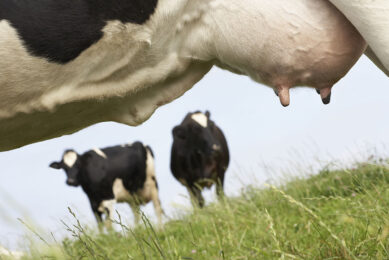Are your cows getting the correct minerals?
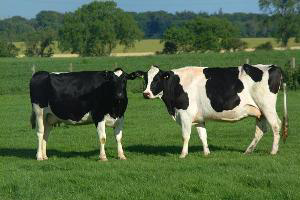
Are you feeding your cows the right amount of minerals? A recent study suggests most dairy producers are failing to meet their cow’s needs.
When it comes to minerals, deficiency may be most farmers’ primary concern, but over-feeding could be doing just as much damage – not just to cow health, but also to your back pocket.
A DairyCo-funded study of 50 farms found most were feeding one mineral to excess, while at the same time underfeeding others.
Copper was one of the main minerals identified as being dished out in excess, with 31 of the farms feeding above the maximum recommended level of 20mg/kg DM. Worryingly, four of the farms were providing cows with double the necessary level.
In response to these trial findings, Professor Liam Sinclair from Harper Adam’s University, who carried out the study, answers some key questions on making the most of your minerals
What levels of minerals are in my forage?
A Forage mineral analysis is relatively inexpensive and can provide valuable information on what supplemental amounts are required. This can be used to provide the correct dietary levels and will highlight if there are excess amounts of minerals such as iron and molybdenum which may reduce absorption of other minerals.
What are the key minerals I should be considering supplementing?
Minerals are essential for the performance, fertility, health and general wellbeing of all animals, and are a key component of all diets. It is only when they are in deficit or excess that problems can arise. It is therefore important to know what the daily mineral supply is for all minerals from all components of the diet, including forage, concentrates, water and supplementary sources such as free-access minerals, boluses, lick blocks etc.
How do I determine the mineral status of my cows?
This varies from mineral to mineral. For some, a blood sample can provide a good indication, but for others levels don’t vary greatly unless the diet is highly deficient or in excess. In the case of copper, a blood sample is useful to determine whether an animal is deficient, but a liver biopsy, or analysis of liver copper concentrations from cull cows can be more useful to indicate whether the animals are being fed excess. Analysis of forage and feed is often a good and relatively inexpensive starting point.
What are the side effects of mineral deficiency/toxicity?
Side effects vary from mineral to mineral and are often difficult to distinguish from other diseases without taking a blood or tissue sample. For calcium, an excess during the dry period can lead to a high incidence of milk fever. For copper, deficiency symptoms include lightening of coat colour particularly around the eyes, weight loss, scouring, reduced milk yields and fertility problems. For zinc, a reduction in food intake and growth rate are symptomatic of a deficiency. If you think that your animals may be deficient then it is best to consult with your vet or nutritionist who can advise you on the best course of action.
When considering a mineral supplement, what are the key questions I should be asking?
The level of supplement required is one of the first questions, as there is now good evidence that many winter-fed animals are being over-supplemented, but others may be underfed.
You should also consider mode of delivery. For example, free-access minerals can be consumed erratically by a group of animals, with some not consuming enough and others excess. For animals that are grazing, a bolus or injection are more certain methods of ensuring animals are being properly supplemented. For animals receiving a mixed ration or concentrates in the parlour you should be able to ensure each animal is receiving the correct amount.
Spreading minerals on top of forage at the feed face can be effective, but only if all animals are able to eat at once. There is also some evidence that some organically complexed (or chelated) minerals may be more available to the animal than inorganic sources, but this varies from product to product and should be weighed up against the additional cost.
Source: FWI
Author:
Aly Balsom




